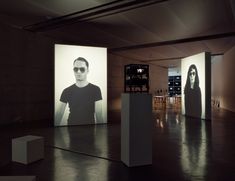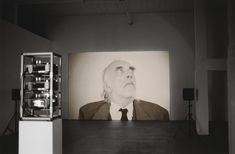Ana Torfs
Ana Torfs was born in 1963 in Mortsel, Belgium. She studied Communication Sciences at the University of Leuven from 1981 to 1986 and Film and Video at the Sint Lukas University College of Art & Design in Brussels, Belgium from 1986 to 1990.
She has participated in numerous international group exhibitions, including the 8th Contour Biennale in Mechelen in 2017, the Parasophia International Festival of Contemporary Culture in Kyoto, Japan in 2015, the 1st International Biennale of Contemporary Art in Cartagena de Indias, Colombia in 2014, the Sharjah Biennial, United Arab Emirates in 2013, Manifesta 9 in Genk, Belgium in 2012, the 2nd La Biennale de Montreal, Canada in 2000, and the 3rd Lyon Biennale of Contemporary Art, France in 1995. International solo exhibitions dedicated to her include 2021 Museo Universitario Arte Contemporáneo (MUAC) Mexico City, Mexico, 2020 Palais des Beaux-Arts (Bozar), Brussels, 2014 Pori Art Museum, Finland, Calouste Gulbenkian Museum in Lisbon, Portugal, Wiels, Centre for Contemporary Arts, Brussels, 2006 Gesellschaft für Aktuelle Kunst (GAK) Bremen and 2008 Sprengel Museum Hannover, Germany, and 2010 Kunstsammlung Nordrhein-Westfalen in collaboration with Generali Foundation, Vienna, Austria. The artist has received numerous grants and awards, including the "Flemish Culture Prize for Visual Arts" in 2005. Since 1986 Ana Torfs lives and works in Brussels.
At the center of Torfs’ work, which includes installations, films, photographs, internet projects, and works in public space, is concern with the construction of meaning in connection with inquiry into the relationship of fiction and truth. As starting points for her works, Torfs often uses existing texts, such as a nineteenth-century drama or medieval trial, which she brings into complex forms through suspenseful connection of text and image. The selected material opens a confrontation with the cultural (Western) memory, among others, with historical figures in danger of congealing as one-dimensional clichés, such as Jeanne d’Arc or Ludwig van Beethoven. In her work, she is able to shift them (and the events associated with them) into new perspectives. This hereby emphasizes the distinction between historical moment and its fictional up-dating. Unexplained questions existing in the fragmentary attestations of the past remain open. The way that projection plays a fundamental role in determining meaning becomes evident when beholders close these open positions through their interpretation. Following from that, Torfs’ works that grapple with the process of making a portrait, in particular, draw attention to the fact that identity is generated through attribution. Here, beholders take on a decisive role—they are invited to examine her interpretation of texts and images. At the same time, Torfs’ extremely precisely constructed works seem to be attempts to get as close as possible to the literal meaning of the text (or image). It is as though a competition to get as close as possible to truth takes place in the narration, while simultaneously, doubt is permanently cast on truth’s existence.
read more read lessBooks of artists
Ana Torfs. Du mentir-faux. Ed. Societe des expositions du Palais des Beaux-Arts. Texts by Torfs, Ana; Snauwaert, Dirk. Brüssel, 2000.
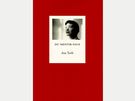
Ana Torfs. Beethovens Neffe. Ed. Yves Gevaert. Text by Torfs, Ana. Gent, 1999.
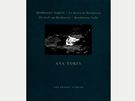
Ana Torfs. Figuren/Projektionen 2000-2005. Ed. Gabriele Mackert for Gesellschaft für aktuelle Kunst (GAK). Texts by Lauwaert, Dirk; Robberechts, Catherine; Torrent, Jean. Bremen, 2006.
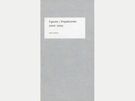
Ana Torfs. Anatomy. Ed. Friedrich Meschede for DAAD Galerie. Text by Torfs, Ana. Berlin, 2006.
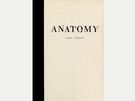
Ana Torfs. Elective Affinities/The Truth of Masks & Tables of Affinities (2000 - 2002). Text by Torfs, Ana. 2002.

Ana Torfs. Displayer 04. Ed. Staatliche Hochschule für Gestaltung. Texts by Blaas, Christoph; Korn, Samuel; Vogel, Felix et al. Karlsruhe, 2012.

